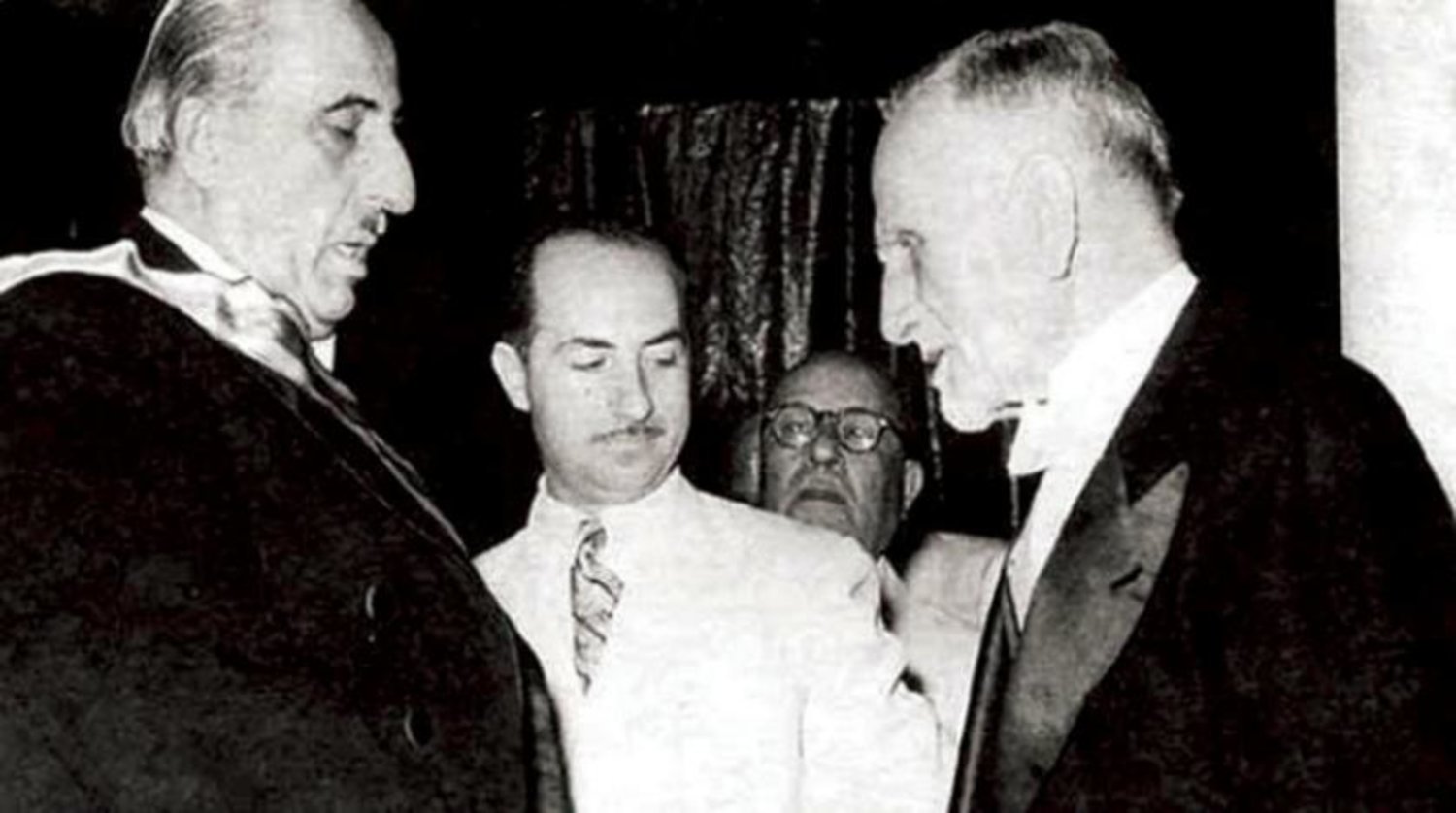Syria’s modern history witnessed many military coups and assassinations of former presidents, in contrast to only one “smooth transition” that took place in 1954, when the presidency was transferred from Hashem al-Atassi to Shukri al-Quwatli.
The upcoming polls, which will be held on May 26, are the 18th since 1932, when the first elections took place under the French mandate.
The deadline for submitting candidacies ends on April 28. Mahmoud Marai – a representative of the opposition – submitted his candidacy along with 12 others, including President Bashar al-Assad. The number of candidates is unprecedented since the first elections nearly nine decades ago.
According to UN Security Council Resolution 2254, credible elections in Syria require UN supervision and a safe environment that ensures the protection of all Syrians, including refugees and internally displaced persons, to exercise their right to vote. However, most of the refugees abroad - except in Lebanon - will not be able to vote due to the requirement of “legal exit” from the country. In addition, most Western countries have closed Syrian diplomatic missions.
In 1936, Al-Atassi won by uncontested due to the absence of opponents, while Charles de Gaulle appointed Tajuddin Al-Atassi commander of the Free France Forces in 1941. Al-Quwatli, a member of the National Bloc, became president after his unrivaled victory in 1943 and 1947. In 1949, Hosni al-Zaim carried out the first coup in the history of Syria and held a referendum.
Shortly after, Sami Al-Hinnawi staged a coup against Al-Zaim and became chief of staff of the army, asking “the historical leader” Al-Atassi to “supervise the elections for a founding conference.”
After the conference, Al-Atassi was elected president. When Adib Al-Shishakli carried out his coup, he immediately appointed Defense Minister Fawzi al-Selu to the presidency. In 1953, elections held at the “mini parliament” saw the arrival of Shishakli to office.
But the latter resigned in 1954 to avoid bloody clashes. Al-Atassi returned to complete his term. A year later, the most famous elections in the contemporary history of Syria took place. Khaled Al-Azem, a former head of state during World War II and prime minister in 1948, ran against Al-Quwatli, who won.
Few years later, Al-Quwatli gave up the presidency to Egyptian Leader Gamal Abdel Nasser, who won a referendum after Syrian-Egyptian unity in 1958. During the “era of separation,” Nazem al-Qudsi won against Said al-Ghazzi in a vote held in parliament in 1961 to succeed Abdel Nasser.
Upon the arrival of the Baath party to power in 1963, the Revolutionary Command Council appointed Officer Luay Al-Atassi to the Council presidency. After the July uprising, Amin Al-Hafez became president of the Presidency Council until Salah Jadid established the February Movement in 1966, and Noureddine Al-Atassi assumed the position of head of state.
After Defense Minister Hafez Al-Assad launched the Corrective Movement on Nov. 16, 1970, Ahmad Al-Khatib was appointed head of state until March 1971. Then, the latter became speaker of parliament, and Assad won the presidency through a referendum that was repeated until his death in 2000.
Following the amendment of the constitution, Bashar Al-Assad won the presidency in a referendum.
In 2012, a new constitution was adopted, instating the elections instead of the referendum. In 2014, Assad and two candidates ran for office, Hassan Al-Nouri, Minister of Administrative Development, and MP Maher Al-Hajjar.
But what about the fate of former presidents and presidential candidates?
In 1936, Muhammad Ali al-Abed was forced to resign, as was the case with Hashem al-Atassi in 1939. The first died in exile in the French city of Nice in 1939, while the second departed in Homs in 1960.
Tajeddine Al-Hasani, appointed by the French in 1941, was the only president to pass away in office on Jan. 17, 1943. Al-Quwatli was ousted from the palace in a military coup led by Al-Zaim in March 1949. Al-Zaim would in turn be overthrown in a coup in August led by Sami Al-Hinnawi.
Al-Zaim was killed by 176 bullets to his body. A few years later, Al-Hinnawi was imprisoned and then killed by Hersho Al-Barazi in Beirut in 1950.
Al-Shishakli staged his coup in December 1949 and jailed Al-Hinnawi for a certain period before releasing him in response to pressure. He left the country at the end of his tenure and was assassinated in Brazil in 1964 because of his “practices against the Druze” in southern Syria.
In February 1955, the famous handover ceremony took place between Al-Atassi and Al-Quwatli. This was the only “smooth transition” in the country’s history.
Al-Quwatli, who resigned in favor of Abdel Nasser in 1958, died of a stroke in his exile in Beirut following the June 1967 events. Al-Hafez, who was ousted by Jadid in 1966, was imprisoned and then went into exile before returning to Aleppo, where he passed away in 2009.







